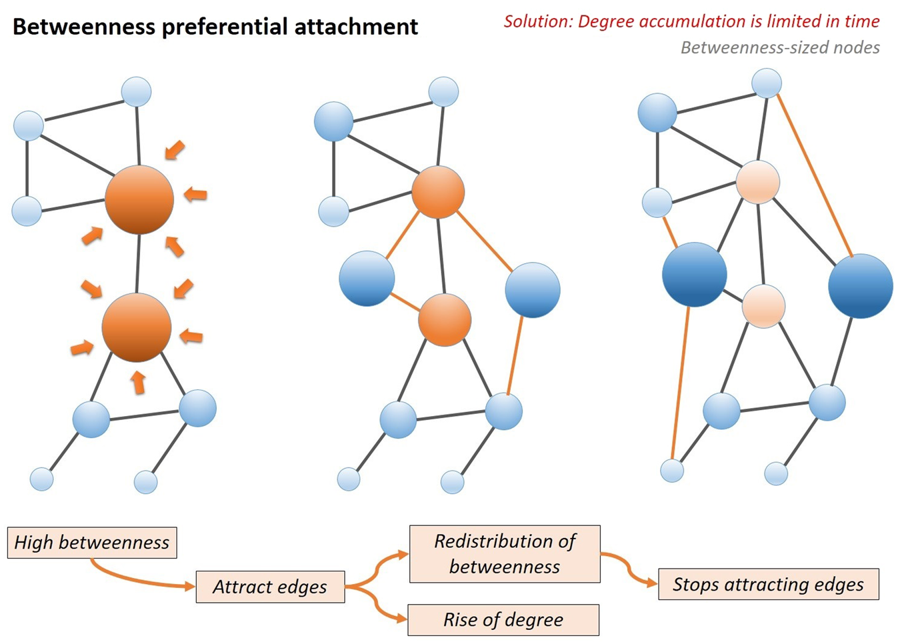
Rethinking social networks
Recent high profile attempts to manipulate public perception and sentiment via social media have demonstrated that we may not know as much about the formulation and evolution of social networks as we think.
It was this gap in understanding which motivated Radu Marculescu, Kavčić-Moura Professor of Carnegie Mellon’s Department of Electrical and Computer Engineering, to co-author a paper in Nature Scientific Reports outlining a new model for how social networks change and develop over time. The research, conducted in close collaboration with Mihai Udrescu and Alex Topirceanu of the Computer Science Department of the Politehnica University of Timişoara, Romania, proposes what the authors term the Weighted Betweenness Preferential Attachment (WBPA) model.
In modeling social networks, a node represents a single individual, and connections between nodes represent relationships between individuals. Prior models have focused on the amount of connections that an individual has, also called the node degree, as the driving force behind a node acquiring new connections.
In contrast, the core of the new WBPA model centers around the notion of “node betweenness.” He and his collaborators discovered that this quality of being between communities is actually a greater attractor and driver for the formation of social ties than other measures of centrality like node degree. In the WBPA, rather than examining purely the amount of connections a single node has, researchers place more emphasis on the communities a node connects and the quality of those connections.
“When individuals make assessments of social attractiveness in real-world situations, they do not rely on executing algorithms or other types of complex quantitative evaluations,” says Marculescu. “Instead, individuals make decisions based on their qualitative perceptions. As such, the quality of being ‘in between’ can be easily and quickly perceived.”
The WBPA model also overcomes another limitation found in previous degree-driven models, which allow for individual node degree to grow indefinitely. This would equate to an individual being able to develop an unlimited number of friendships—a scenario which is obviously impossible.
“The new model builds on the idea that humans are better at observing qualitative aspects than quantitative ones, which is why people typically favor investing in fewer qualitative social ties rather than numerous lower quality ties,” says Marculescu. “This is why there’s a node betweenness redistribution process at play in the WBPA, which limits the number of new links for high-degree nodes.”

This redistribution process accounts for the real-world physical and mental limitations, which constrains the amount of relationships a given individual can develop and maintain throughout their lifetime.
Finally, the WBPA can also offer insights into an individual’s possible means to improve their social status. An individual can increase their personal influence by broadening their neighborhood to influential agents, which can, in turn, trigger an increase in the strength of their connections with others.

While this research focuses specifically on social networks, the WBPA model could have interesting applications in everything from modeling microbiomes to predicting the properties of new drugs and medications.
Marculescu and his collaborators’ next goal is to use findings from the WBPA model to investigate how opinions spread through social networks, and how robust these networks can act in the face of adversarial attacks.